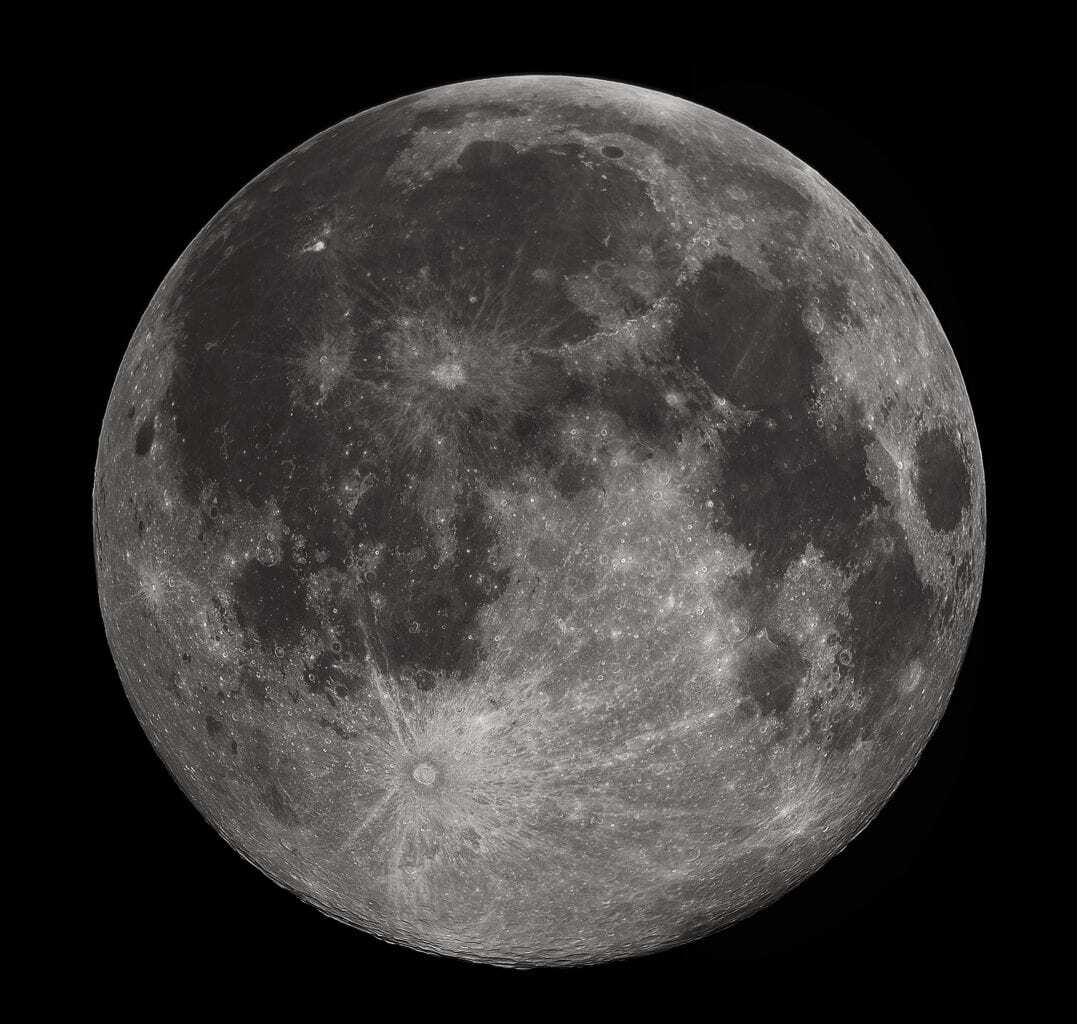The Earth is unique in our solar system: It is the only terrestrial planet with a large amount of water and a relatively large moon, which stabilizes the Earth’s axis.
Both were essential for Earth to develop life. Planetologists at the University of Münster (Germany) have now been able to show, for the first time, that water came to Earth with the formation of the Moon some 4.4 billion years ago.
The Moon was formed when Earth was hit by a body about the size of Mars, also called Theia. Until now, scientists had assumed that Theia originated in the inner solar system near the Earth. However, researchers from Münster can now show that Theia comes from the outer solar system, and it delivered large quantities of water to Earth. The results are published in the current issue of Nature Astronomy.
From the outer into the inner solar system
The Earth formed in the ‘dry’ inner solar system, and so it is somewhat surprising that there is water on Earth. To understand why this the case, we have to go back in time when the solar system was formed about 4.5 billion years ago. From earlier studies, we know that the solar system became structured such that the ‘dry’ materials were separated from the ‘wet’ materials: the so-called ‘carbonaceous’ meteorites, which are relatively rich in water, come from the outer solar system, whereas the drier ‘non-carbonaceous’ meteorites come from the inner solar system.
While previous studies have shown that carbonaceous materials were likely responsible for delivering the water to Earth, it was unknown when and how this carbonaceous material – and thus the water – came to Earth. “We have used molybdenum isotopes to answer this question. The molybdenum isotopes allow us to clearly distinguish carbonaceous and non-carbonaceous material, and as such represent a ‘genetic fingerprint’ of material from the outer and inner solar system,” explains Dr. Gerrit Budde of the Institute of Planetology in Münster and lead author of the study.
The measurements made by the researchers from Münster show that the molybdenum isotopic composition of the Earth lies between those of the carbonaceous and non-carbonaceous meteorites, demonstrating that some of Earth’s molybdenum originated in the outer solar system. In this context, the chemical properties of molybdenum play a key role because, as it is an iron-loving element, most of the Earth’s molybdenum is located in the core.
“The molybdenum which is accessible today in the Earth’s mantle, therefore, originates from the late stages of Earth’s formation, while the molybdenum from earlier phases is entirely in the core,” explains Dr. Christoph Burkhardt, second author of the study. The scientists’ results therefore show, for the first time, that carbonaceous material from the outer solar system arrived on Earth late.
But the scientists are going one step further. They show that most of the molybdenum in Earth’s mantle was supplied by the protoplanet Theia, whose collision with Earth 4.4 billion years ago led to the formation of the Moon. However, since a large part of the molybdenum in Earth’s mantle originates from the outer solar system, this means that Theia itself also originated from the outer solar system.
According to the scientists, the collision provided sufficient carbonaceous material to account for the entire amount of water on Earth. “Our approach is unique because, for the first time, it allows us to associate the origin of water on Earth with the formation of the Moon. To put it simply, without the Moon there probably would be no life on Earth,” says Thorsten Kleine, Professor of Planetology at the University of Münster.
Image Credit : Gregory H. Revera





